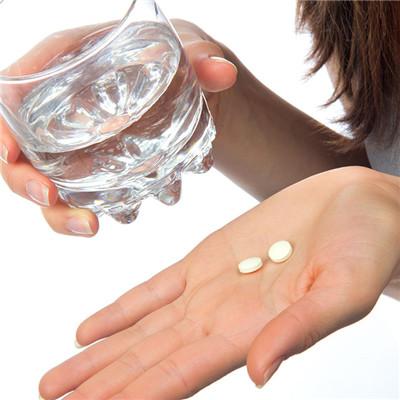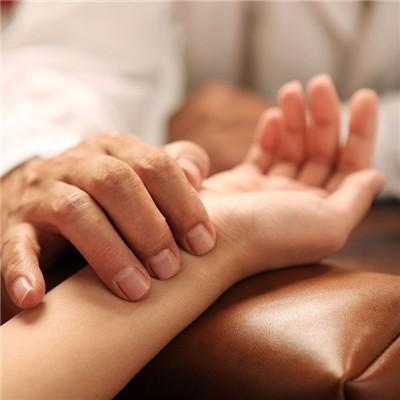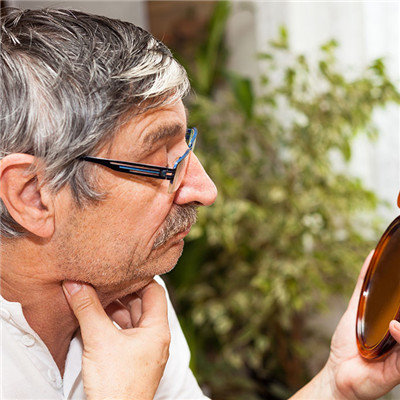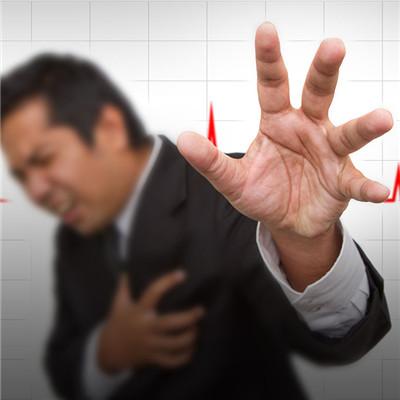How to treat late Parkinson's disease
summary
Parkinson's disease, also known as tremor paralysis, is the most common degenerative disease of the central nervous system in the elderly. It got its name because a British doctor named Parkinson first described the symptoms, including dyskinesia, tremors and muscle stiffness. How to treat late Parkinson's disease? Let me introduce it to you.
How to treat late Parkinson's disease
First, in the first few years, the effect of drug treatment is the best. Although most patients are still effective after long-term use, after long-term use, patients will feel that the effective time of drugs is shortened, and some patients will have "end of dose" phenomenon and "on-off" fluctuation. Drug treatment has certain limitations, usually after 3-5 years of treatment, the disease will become difficult to control, the side effects of drugs and their efficacy will be equal, patients feel that the ability of daily life is greatly limited.
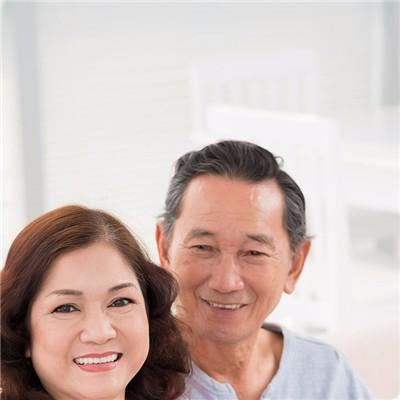
Second, there are mainly two ways of neuronuclear cell damage surgery (cell knife) and electrical stimulation surgery. The principle is to inhibit the abnormal activity of brain cells and achieve the purpose of improving symptoms. The former is to create a lesion about 3 mm in diameter on the abnormally active nucleus, while the latter is to implant stimulator to achieve similar damage effect through high-frequency electrical stimulation. There is no big difference between the two in terms of surgical operation technology. Both of them are to put the electrodes on the specific target of the brain nucleus, and then stimulate or damage them. The biggest disadvantage of nucleus cell damage surgery is that it is easy to relapse and irreversible, while electrical stimulation surgery is reversible and adjustable.

Third: advanced comprehensive therapy, the clinical symptoms of Parkinson's disease has been very serious, grade 4-5. At this time, the clinical symptoms of patients are becoming more and more serious, disability, motor symptoms and non motor symptoms seriously torture the body and mind of patients with Parkinson's disease. At this time, in addition to surgery, the advanced treatment of Parkinson's disease should be multi-channel comprehensive treatment.

matters needing attention
Parkinson's disease is a chronic disease, but it is progressive aggravation, some patients can also develop rapidly. Therefore, early treatment and long-term medication are needed, and attention should be paid to the effect of medication and the side effects of drugs, so that doctors can adjust the dosage and types of drugs in time. 2. Encourage early patients to take more active exercise, continue to work as far as possible, and cultivate hobbies. 3. Actively carry out functional exercise, especially the training of posture and gait. Let the patients finish their daily life by themselves as much as possible, but pay attention to protect the patients and prevent them from falling. 4. Eat more vegetables, fruits or honey to prevent constipation; avoid irritating food, tobacco, wine, etc. 5. For the late bedridden patients, we should help them turn over frequently and do more passive movement in bed to prevent the occurrence of joint fixation, bedsore and falling pneumonia. In the early stage of the disease, patients have the ability to live independently, and their nursing is mainly to guide and help solve the difficulties in life; in the late stage of the disease, patients in bed have more and more important nursing tasks.
